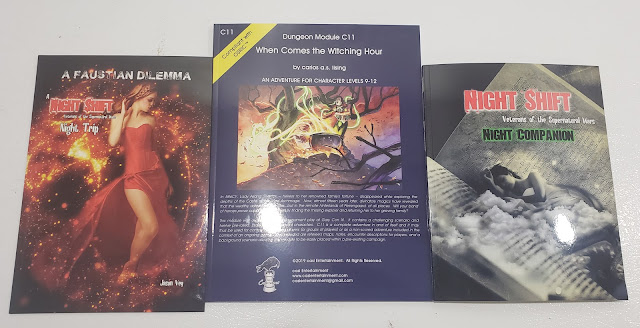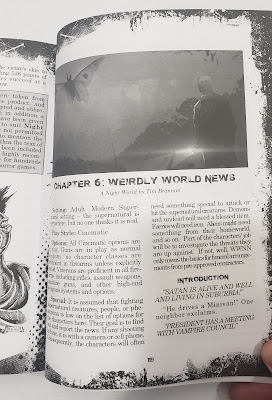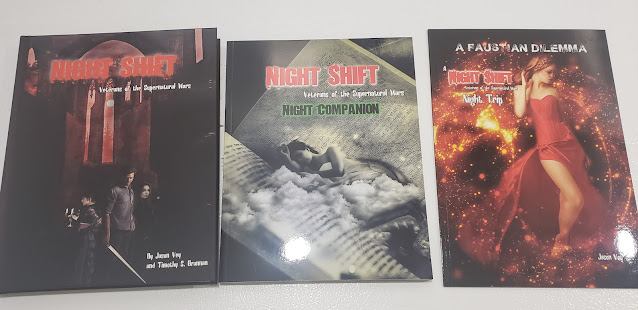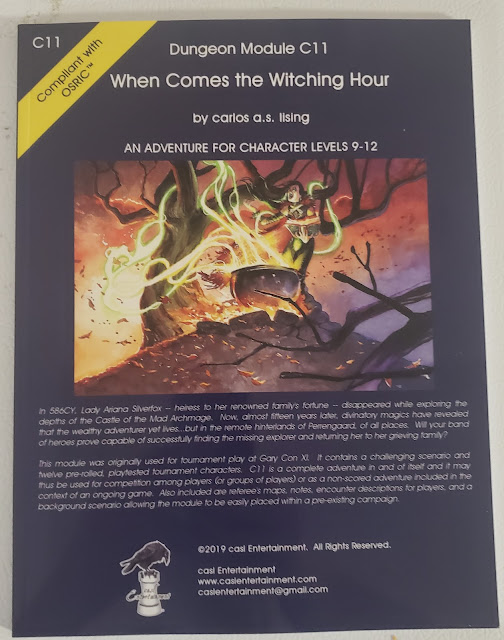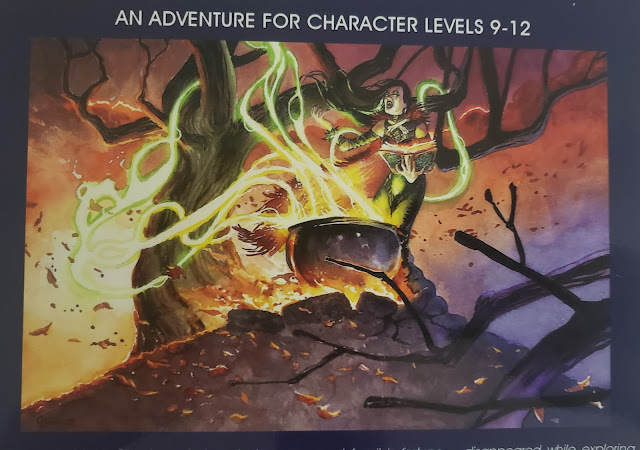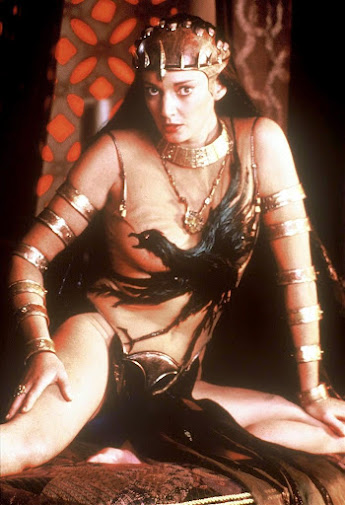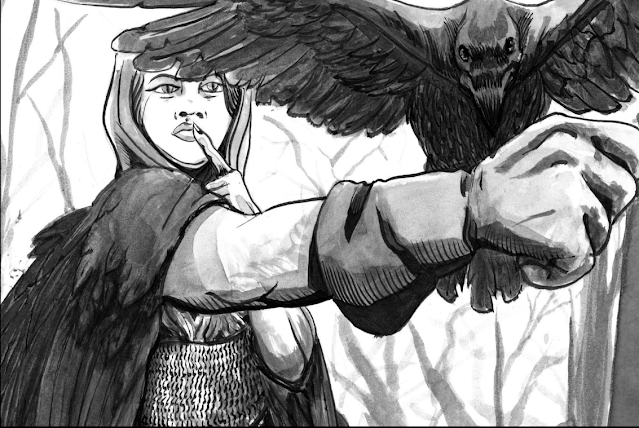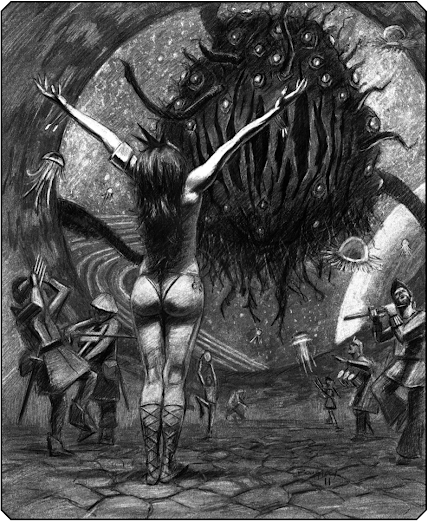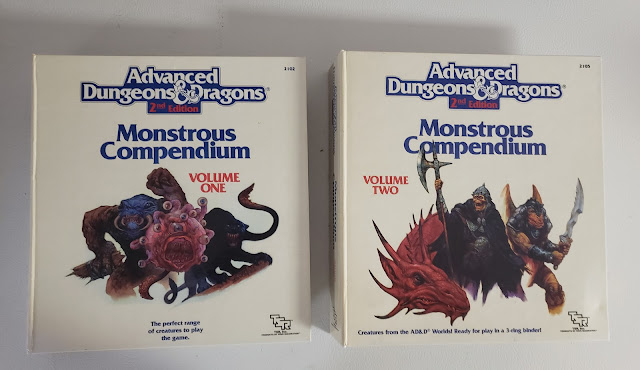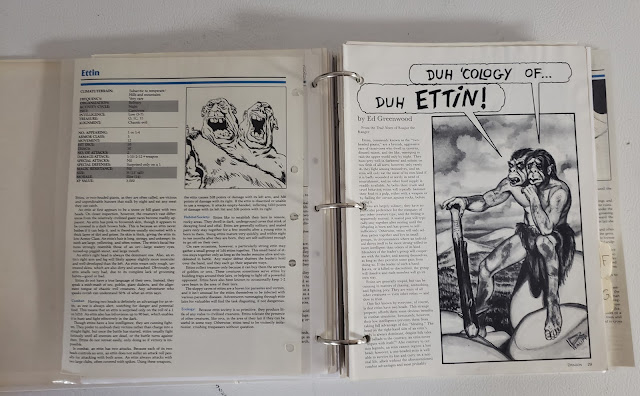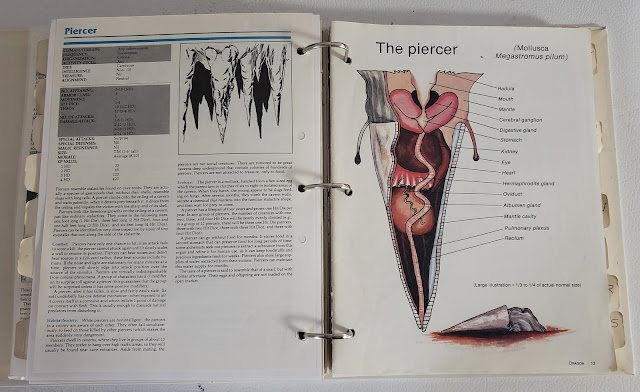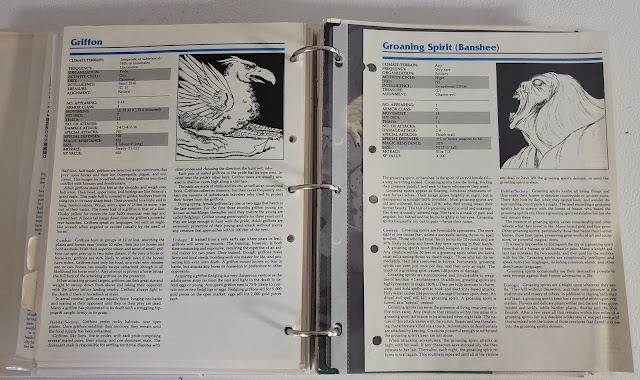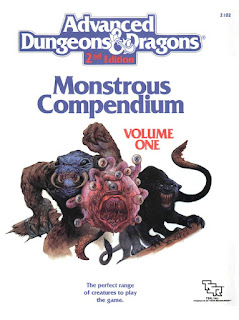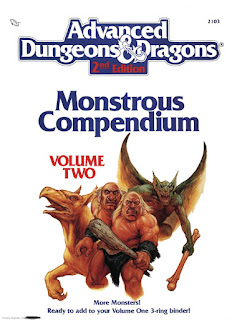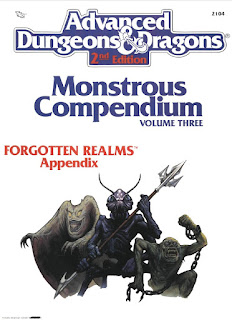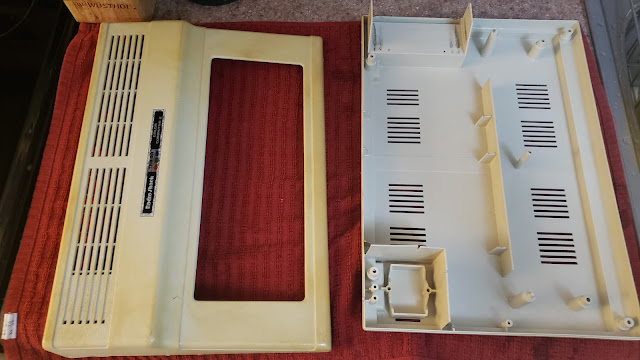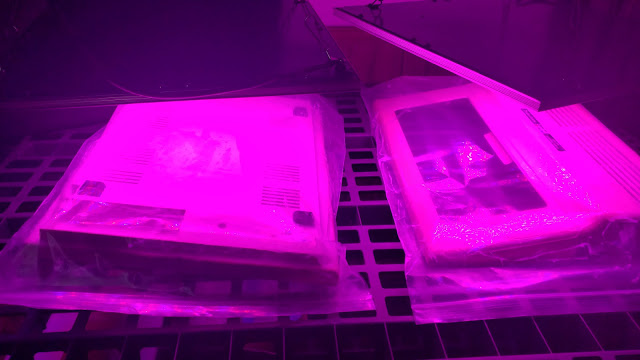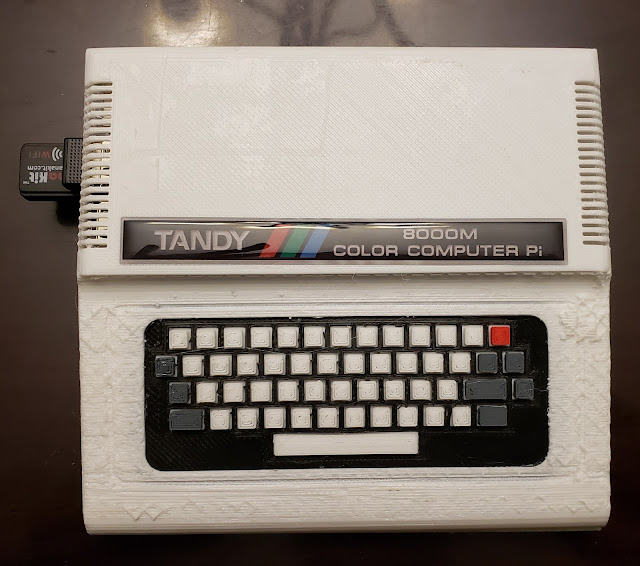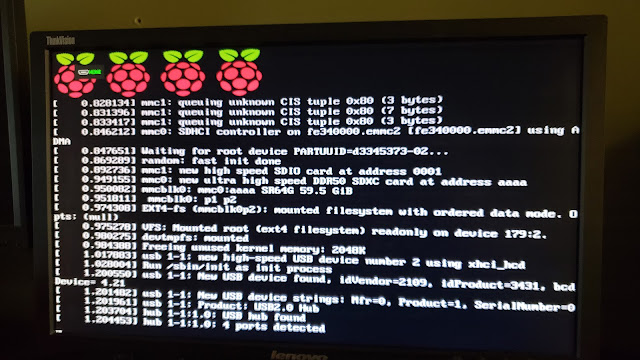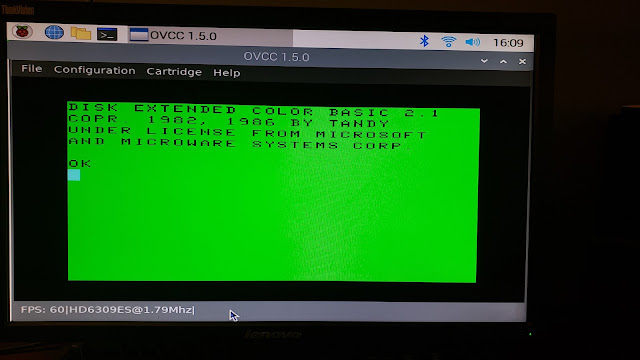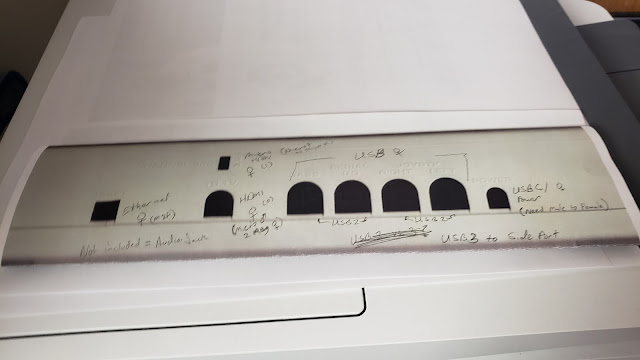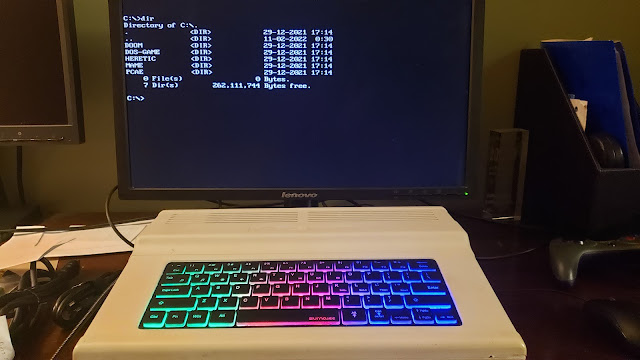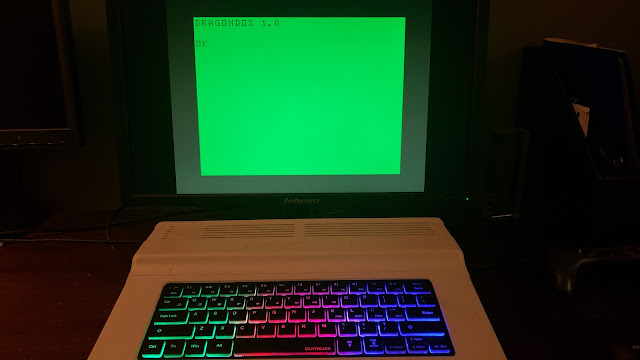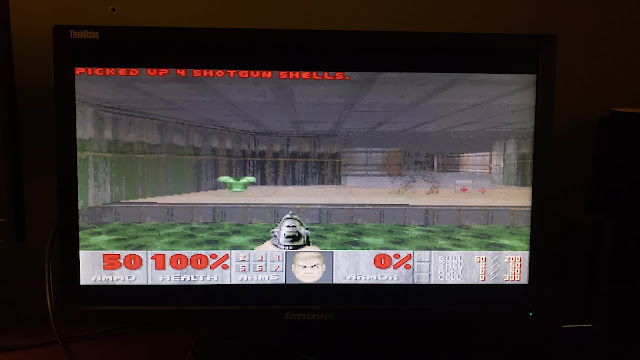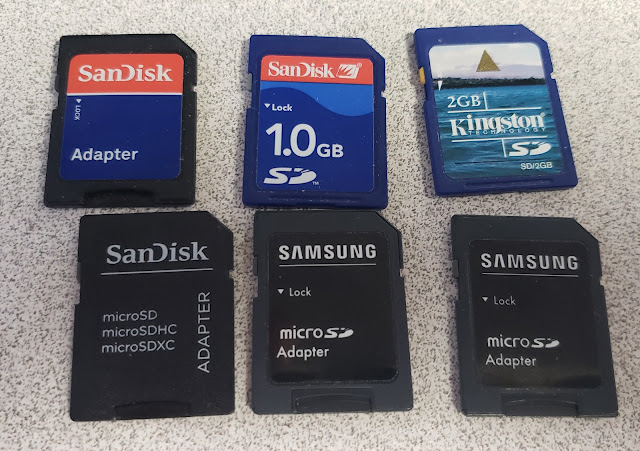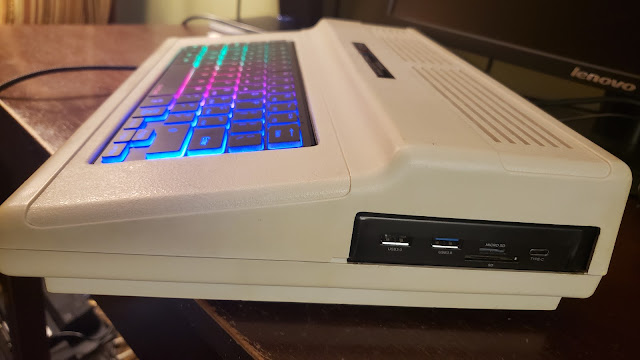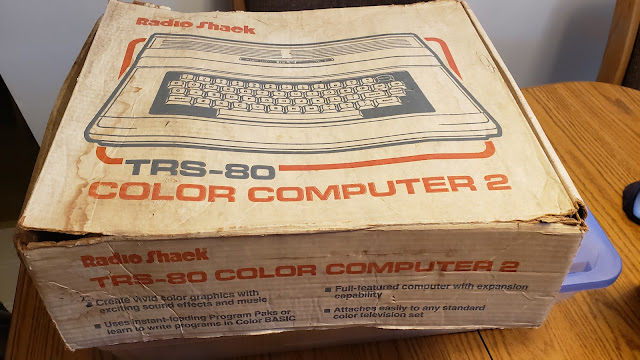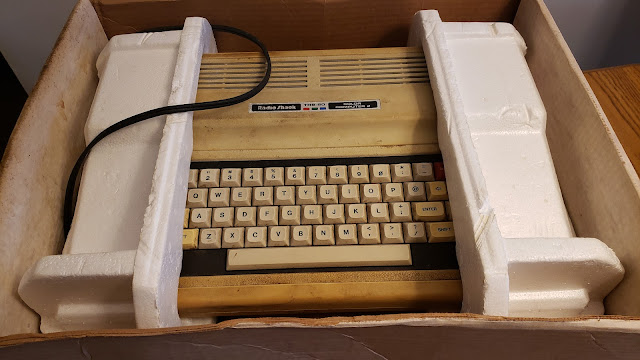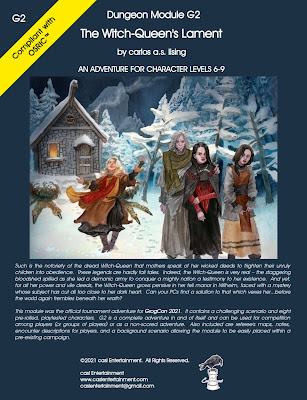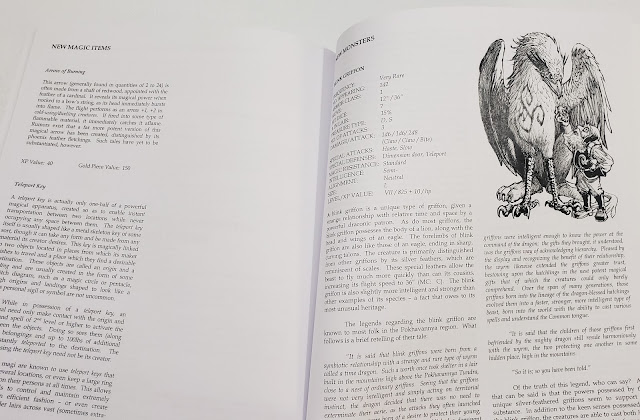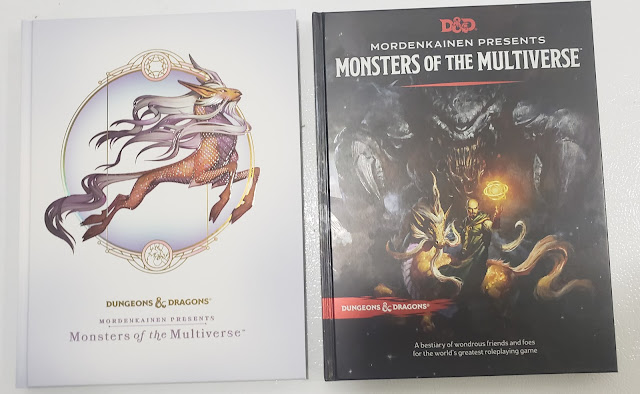 Party Beach Creature Feature! A Jumpstart for They Came From Beneath the Sea!
Party Beach Creature Feature! A Jumpstart for They Came From Beneath the Sea! is a quick-start for
They Came From Beneath the Sea!, the roleplaying game by the B-movies of the fifties and sixties in which the small-town beaches of America are imperiled by Communist crustaceans, aquatic agitators, and tentacular terrors. This is a roleplaying game of bad acting, no-budget budget breaking special effects, inspired by
The Creature from the Black Lagoon,
It Came From Outer Space,
The Beast From 20,000 Fathoms,
Them!,
Monster From the Ocean Floor, and many, many others! Published by
Onyx Path Publishing,
Party Beach Creature Feature! A Jumpstart for They Came From Beneath the Sea! provides everything necessary for a gaming group to give the roleplaying game a try and perhaps even use it as the starter scenario to a campaign set on the cheapest, schlockiest film sets of the nineteen fifties. This includes a basic explanation of the rules, a nine-scene scenario—the ‘Party Beach Creature Feature!’ of the title, and six pre-generated Player Characters or Survivors, plus Trademarks for all of the Player Characters, Quip Cards, and Cinematic Cards.
Party Beach Creature Feature! A Jumpstart for They Came From Beneath the Sea! employs the
Storypath system. A distillation of the earlier
Storyteller system, it is simpler and streamlined, designed for slightly cinematic, effect driven play. The core mechanic uses dice pools of ten-sided dice, typically formed from the combination of a skill and an attribute, for example Pilot and Dexterity to sail a boat, Survival and Stamina to cross a wilderness, and Persuasion and Manipulation to unobtrusively get someone to do what a character wants. These skill and attribute combinations are designed to be flexible, with a character’s preferred method being described as a character’s Favoured Approach. So a character whose Favoured Approach is Force, would use Close Combat and Might in a melee fight; if Finesse, Close Combat and Dexterity; and if Resilience, then Close Combat and Stamina.
The aim when rolling, is to score Successes, a Success being a result of eight or more. Rolls of ten count as two in
They Came From Beneath the Sea!, rather than the capacity for the player to roll again for further Successes. Typically, a player only needs to roll one Success for a character to succeed at a task, though it can be as many as three, and ideally, he will want to roll more. Not only because Successes can be used to buy off Complications—ranging between one and five—but also because they can be used to buy Stunts which will impose Complications for others, create an Enhancement for another action, or one that makes it difficult to act against a character. Stunts cost at least one Success and a range of stunts is given in the pages of
Party Beach Creature Feature! A Jumpstart for They Came From Beneath the Sea! These include ‘Government Trained Sharpshooters’, which for one Success lowers the Degree of Difficulty when attacking a specific target; ‘Always Another Way’, which enables a Survivor to get out of a tight spot or around difficult situation for two Successes; and ‘Forensic Eye’, which grants clues about the aliens involved in the mystery for two Successes. Instead of adding to the number of dice rolled, equipment used adds Enhancements or further Successes for a player to expend, but the player needs to roll at least one Success for equipment and thus the Enhancement to be effective.
Under the
Storypath system, and thus in
They Came From Beneath the Sea!, failure is never complete. Either a player can spend a Rewrite to reroll; accept the failure, accept its consequences and a Consolation; or if the roll was a failure and a one was rolled on the die, suffer the consequences of a Botch and earn two Rewrites for the Writer’s Pool.
Party Beach Creature Feature! and
They Came From Beneath the Sea! uses a number of mechanics which help enforce the genre. Every Survivor has access to a number of Trademarks, each tied to a particular skill, for example, ‘Big Stick’ for the Persuasion skill or ‘Subaquatica’ for Athletics, which can be used once per story. These typically grant the player two extra dice on a related roll per Trademark, but when activated and there are some Successes left over from the completed task, a player can actually gain Directorial Control of the film. In this case, the player can add or remove one detail from a scene for each Success spent in this fashion. A Survivor also has Quips, like ‘I’ve seen some aquatic nightmares before, but this takes the caviar…’ or ‘Not to be nosy, but… do those eyes belong to you?’ When used, they require everyone around the table to vote whether or not their use is appropriate, but if a Quip is successful, it earns a player another die to roll. Further uses of it can gain a player more dice. If the roll resulting from a Quip consists of three or more Successes, that Quip is considered Award-Winning and gains the player an additional Quip and the immediate use of a Cinematic without using Rewrites.
Rewrites are another genre-enforcing mechanic and are drawn from the Writers’ Pool, which is a group resource. They require all players to agree to their use, but with that agreement, a Rewrite can be used to make rerolls or add dice to a roll, as well as to active Cinematics. Five such Cinematics are included in Party Beach Creature Feature!—there are more in
They Came From Beneath the Sea!—and these are ‘Call the Understudy’, ‘Cheap Set’, ‘Deleted Scene’, ‘Scene Missing’, and ‘Summon the Stuntman’. One last genre-enforcing mechanic is the Death Scene in which a Survivor gets to make one last chance to impart wisdom, make a request, give a soliloquy, and so on…
The rules in
Party Beach Creature Feature! A Jumpstart for They Came From Beneath the Sea! are in general clearly explained and all easy to use in play. They are specifically designed to encourage and support cinematic play, even badly cinematic play, and whilst they are genre-enforcing, there are quite a few of them. So as much as the players need to lean into the genre and their Survivors, they also need to lean into the genre-enforcing mechanics—the Rewrites, the Cinematics, the Trademarks, and more—to get their full effect. This is not an impediment to play as such, but more of a requirement than players might expect of the roleplaying game.
A Survivor in Party Beach Creature Feature! and
They Came From Beneath the Sea! has nine Attributes—Intellect, Cunning, Resolving, Might, Dexterity, Stamina, Presence, Manipulation, and Composure; a range a skills, some with associated Trademarks; and Connections, Quips, Tropes, and Favoured Stunts. Attributes and skills range in value between one and five dots, each dot adding a die to a dice pool. Trademarks are equivalent of advantages and Quips wisecracks, both of which grant a player extra dice, whilst Tropes are more personal advantages, such as ‘Hand-to-Hand Fighting’, which grants an extra die when in melee combat or ‘Eureka!’, which means the Survivor is good at putting clues together and can gain an in-depth understanding of a clue once per session. A Survivor also has a Path each for his Archetype, Origin, and Ambition, but these do not play a role in the jump-start, whilst of his three Aspirations, or goals, only the two short term Aspirations really count in
Party Beach Creature Feature! A Jumpstart for They Came From Beneath the Sea!The five characters included in
Party Beach Creature Feature! A Jumpstart for They Came From Beneath the Sea! consist of an Everyman Department Store Clerk, an Adventuring Psychologist, a Disgraced Cop from the local police force, an Everyman Beach Bunny, an Investigative Girl Next Door Journalist, and a Preparation Enthusiast. Each is presented in full colour over two pages with the character sheet on one and an illustration and background on the other. The character sheets are easy to read and the background easy to pick up.
The scenario, ‘Party Beach Creature Feature!’, is set on a hot summer’s night in Darien, Connecticut. The Director will need to decide if the budget of the movie is low, big, or art, and to what degree Exploitation plays a role in its filming. Involving nine scenes over three acts, the scenario begins with everyone on Weed Beach before several fearsome fishmen rise from the waves and attack! The Survivors must not only hold off the attack but discover why the fishmen are so interested in the ‘jazz cigarettes’ which local small-time dealer, Sonny McGee, has been selling. This will lead the Survivors in a most unexpected direction. ‘Party Beach Creature Feature!’ is a short mystery, though with decent opportunities for inaction and investigation, combat and stealth, and it is supported with staging advice for the Director throughout. Each of the nine scenes is very clearly organised with explanations of how the Survivors got there, what they need to accomplish, the opposition they face, and the goal of the scene all laid out for the Director, making them easy to run. The plot is linear, but that is not really an issue in a Jump-start which is intended to introduce both setting and mechanics of
They Came From Beneath the Sea! It should take a session or so to play through, which will mean that each player is only likely to get to use one or two Quips or Trademarks at the most. The short length means that, barring the adult element of ‘jazz cigarettes’, ‘Party Beach Creature Feature!’ could also be run as a convention scenario.
Physically,
Party Beach Creature Feature! A Jumpstart for They Came From Beneath the Sea! is a slim softback, done in black and white bar the Survivor backgrounds and illustrations. The artwork is decent and captures a little of that beach party giddiness before something walks from the waves and wreaks havoc! It could have benefited from a little better organisation so that all of the content for the players and their Survivors could have been placed together, but if there is a real issue with
Party Beach Creature Feature! A Jumpstart for They Came From Beneath the Sea!, it is that above and beyond the
Storypath system, the rules in the Jump-start do add a handful of new moving parts. As good as those new rules are, and as much as they help enforce the genre, what the Jump-start could have done with is a cheat sheet explaining all of them for the benefit of the players, rather than having to explain them more than is necessary.
Although it needs a little more preparation than perhaps is necessary to ready the players for the rules,
Party Beach Creature Feature! A Jumpstart for They Came From Beneath the Sea! has everything the Director and her players need for one night’s session of seaside scares, aquatic agitation, and B-movie budget beastliness. Anyone looking for chills on the cheap and scenery scrunching stagecraft should get ready to ham it up to the horror that comes ashore in
Party Beach Creature Feature! A Jumpstart for They Came From Beneath the Sea!
